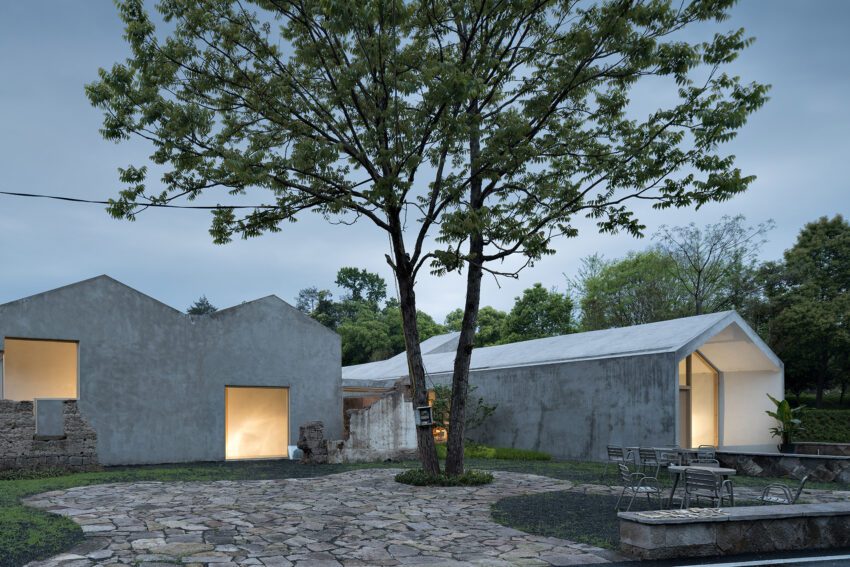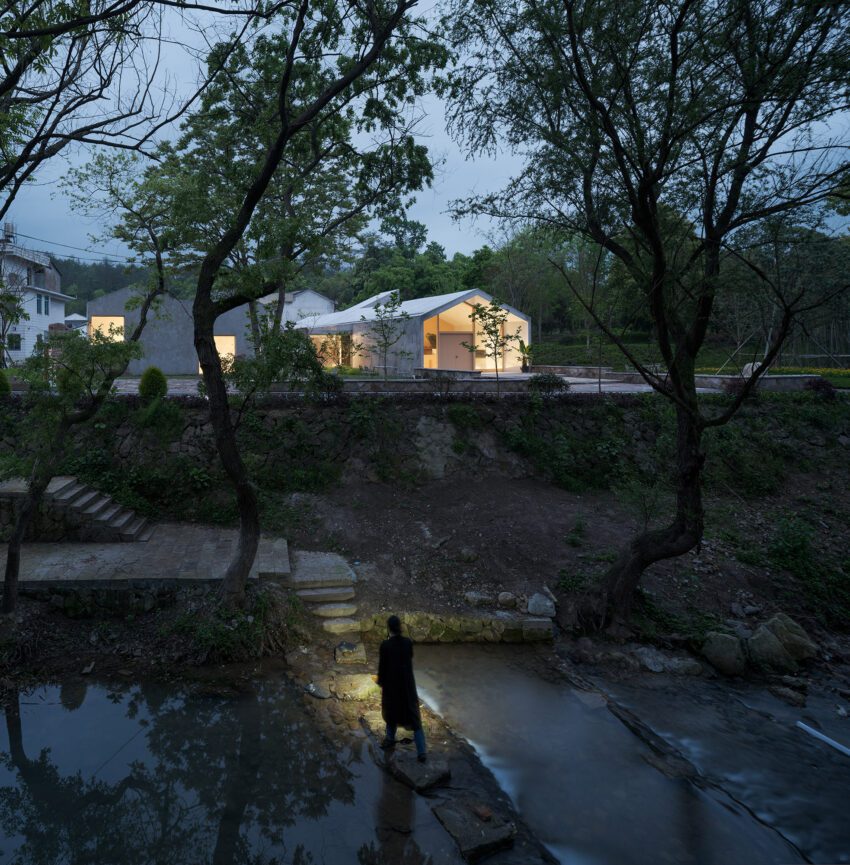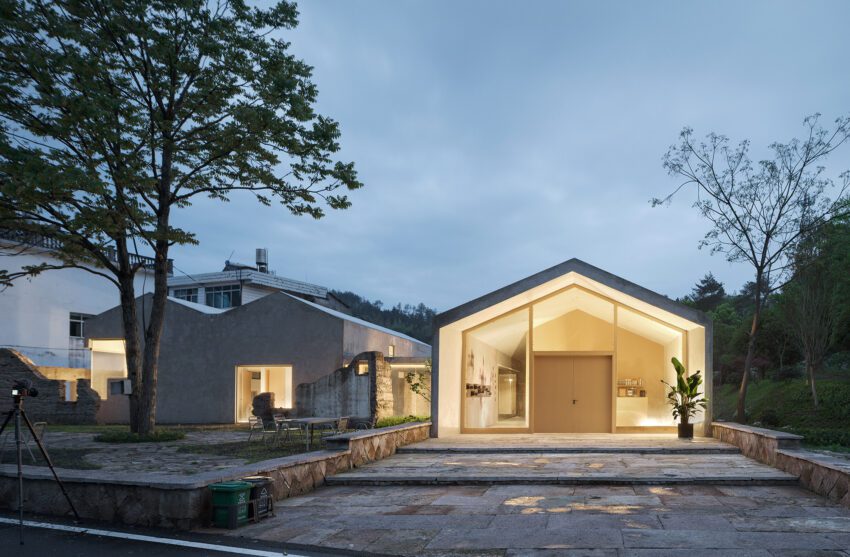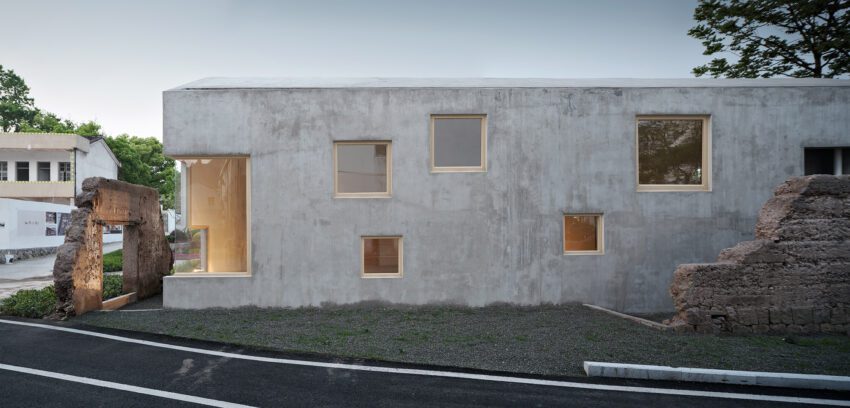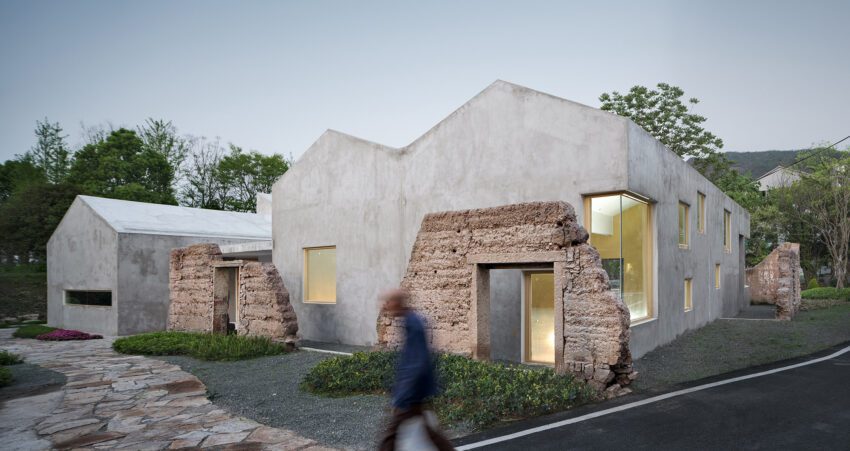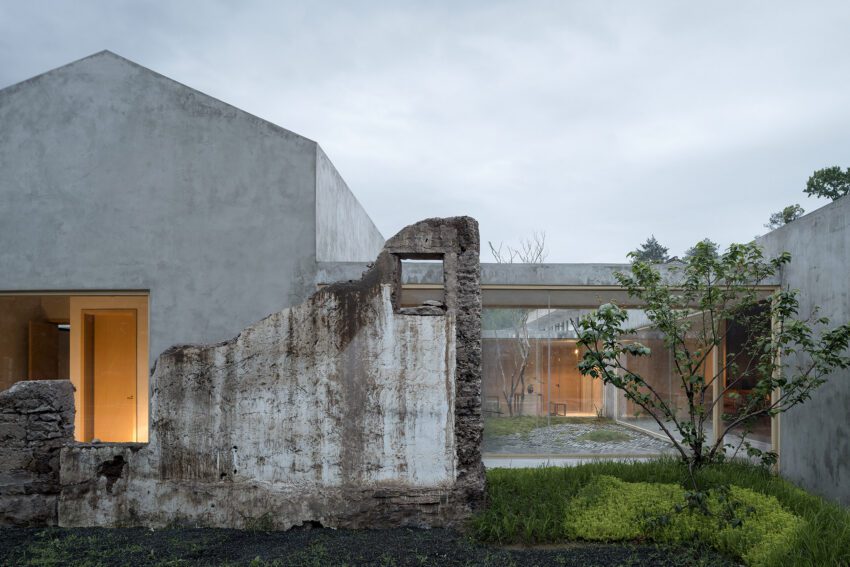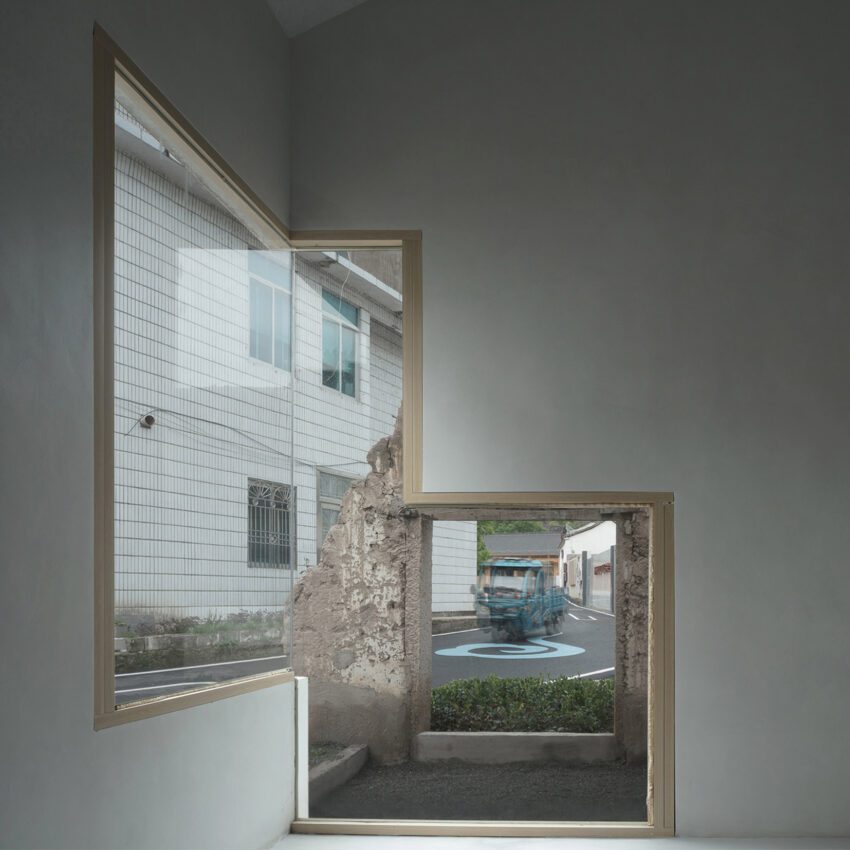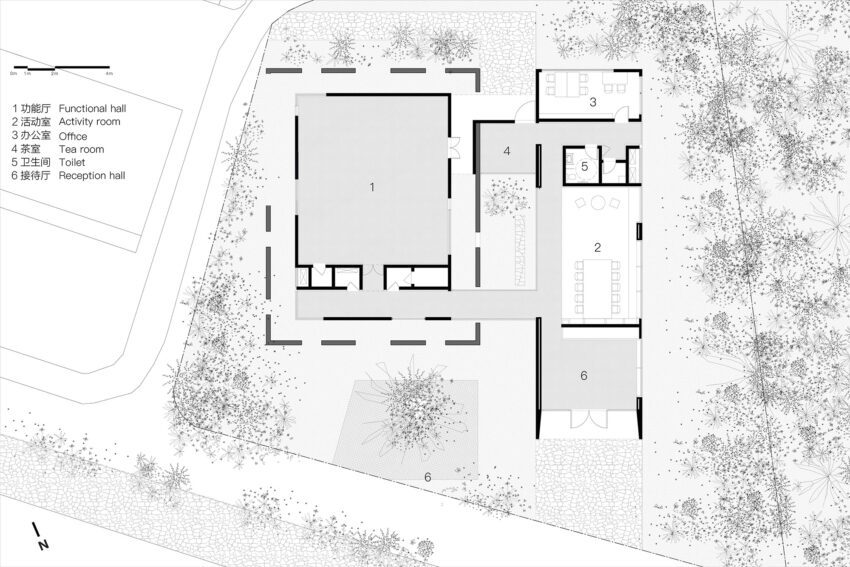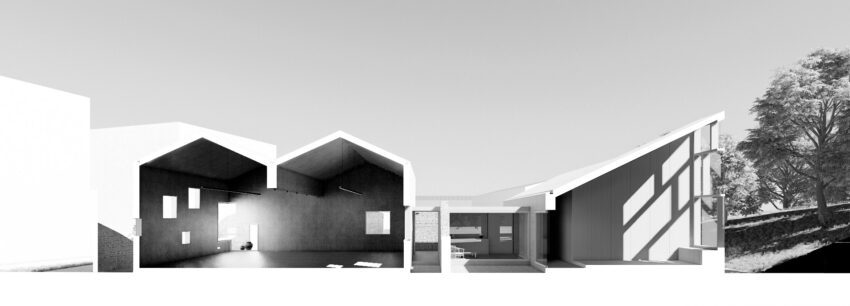Located in Taizhou, Zhejiang Province, The Villagers’ Home in Wanghu Village, designed by The Architectural Design & Research Institute of Zhejiang University (UAD) exemplifies the harmonious blend of traditional and contemporary architecture. Amidst widespread efforts to rejuvenate rural areas, many initiatives overlook these regions’ unique environmental and cultural attributes. This neglect often leads to the destruction of historical memory and the erosion of indigenous cultural resources. The Villagers’ Home aims to counter this trend by meeting modern needs and reviving the local spirit and cultural essence of Wanghu Village.
Villagers’ Home in Wanghu Village Technical Information
- Architects1-7: The Architectural Design & Research Institute of Zhejiang University (UAD)
- Location: Taizhou, Zhejiang, China
- Area: 400 m2
- Project Year: 2021 – 2023
- Photographs: © Zhao Qiang
The Villagers’ Home in Wanghu Village translates traditional folk houses through spatial and construction patterns, infusing historical memory into the architecture to sustain the original prototype. The overall form of the sloping roof block is placed within the existing old walls, allowing the Villagers’ Home to naturally ‘grow’ out of the old walls.
– UAD Architects
Villagers’ Home in Wanghu Village Photographs
Natural Prototypes and Historical Integration
In ancient Chinese architectural philosophy, buildings are perceived as entities that align with nature, evolving alongside it. This concept is reflected in vernacular architecture, which can be viewed as a “natural prototype” that grows organically from the land. The Villagers’ Home leverages this philosophy, integrating it with modern architectural practices to create a space that resonates with historical and cultural significance.
Wanghu Village, located in a mountainous area with fertile soil, has a rich agricultural heritage. The current rammed earth walls are remnants of old mud houses used for mushroom cultivation. These historical fragments serve as a poignant reminder of the village’s past. The architectural design translates traditional folk houses through contemporary spatial and construction patterns. The sloping roof block is placed within the existing old walls, symbolizing a natural evolution. The contrast between the new concrete walls and the old rammed earth walls highlights the integration of modern technology with historical materials, creating a dialogue between the past and the present.
Design Concept and Functional Versatility
The Villagers’ Home addresses the village’s scarcity of public spaces by featuring a multifunctional exhibition hall that accommodates various activities, including village meetings, receptions, sports, fitness, and movie screenings. This versatility ensures the building’s full-time utilization, promoting adaptability and sustainability. The design also includes spaces for visual and textual exhibitions, showcasing the village’s history and mushroom processing techniques.
The original mushroom breeding houses had small windows, which limited natural light and ventilation. The new design introduces various window forms, enhancing the building’s interaction with the environment. Large corner windows in the multifunctional exhibition hall and high windows on the sloping roof facing the hillside improve natural lighting and create visual connections between the interior and exterior.
Harmonizing Tradition with Modernity
The Villagers’ Home fosters a sustainable and harmonious relationship between architecture, nature, and the community by integrating natural prototypes and modern design principles. The project underscores the importance of preserving cultural heritage and promoting ecological coexistence in rural development. The Villagers’ Home in Wanghu Village stands as a model of rural revitalization that honors the past while embracing the future. This innovative approach ensures that the village’s cultural legacy continues to thrive amidst contemporary advancements, creating a vibrant and resilient community for generations to come.
Villagers’ Home in Wanghu Village Plans
Villagers’ Home in Wanghu Village Image Gallery
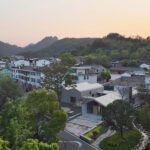
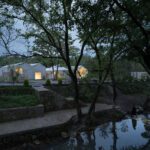
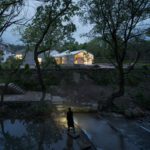
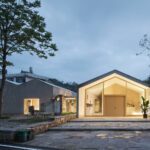
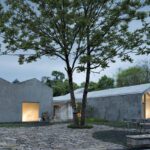



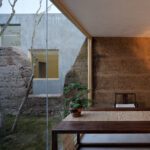
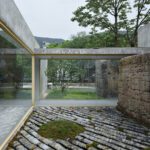
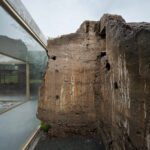
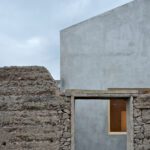

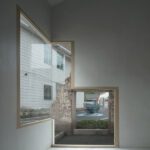

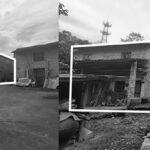
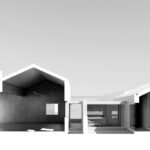
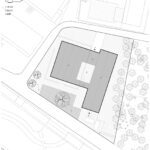
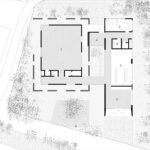
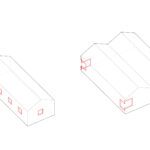
About UAD
Notes & Additional Credits
- Architectural Design: Mo Zhoujin, Wu Hegen, Guo Lidong
- Structural Design: Jin Zhenfen, Chen Dong
- Plumbing Design: Sang Songbiao, Wu Weihao
- Electrical Design: Shen Yueqing, Li Zhaoyu
- Intelligent Design: Lin Minjun
- Landscape Design: Sun Dongming
- Client: Xianju County Baita town Xianjing village stock economic cooperative

